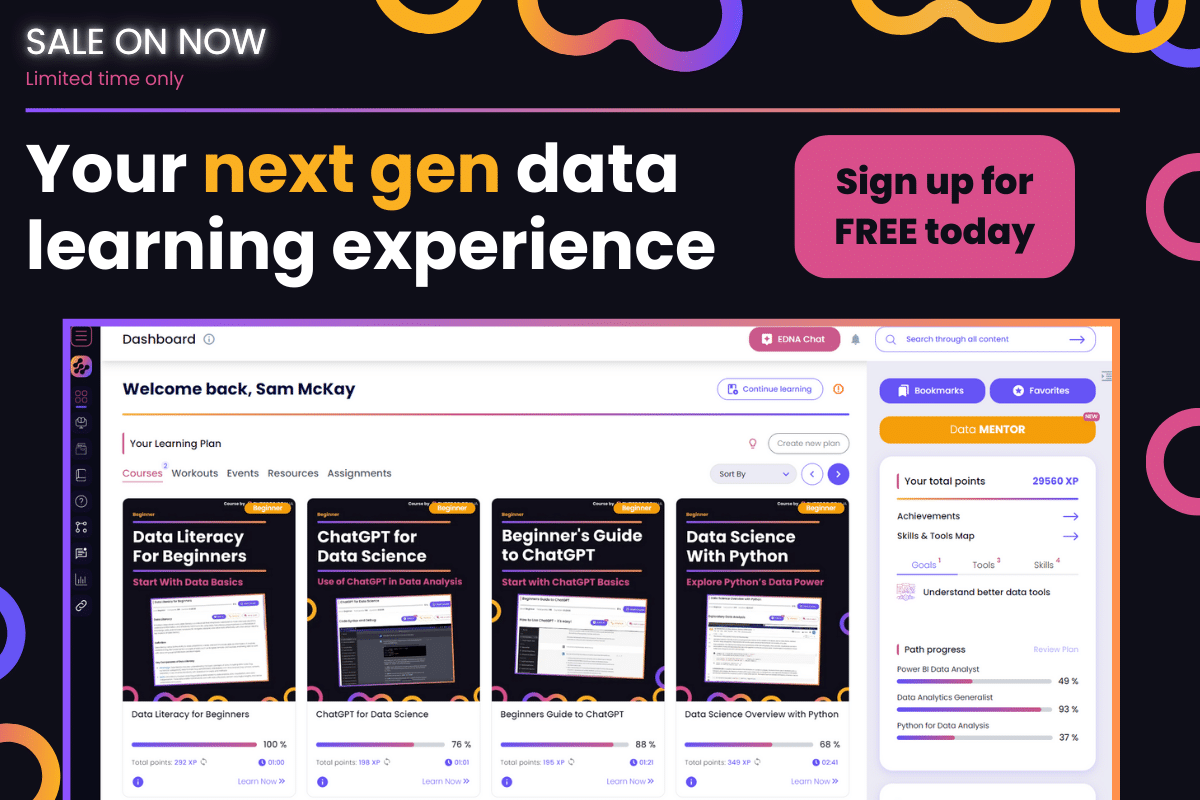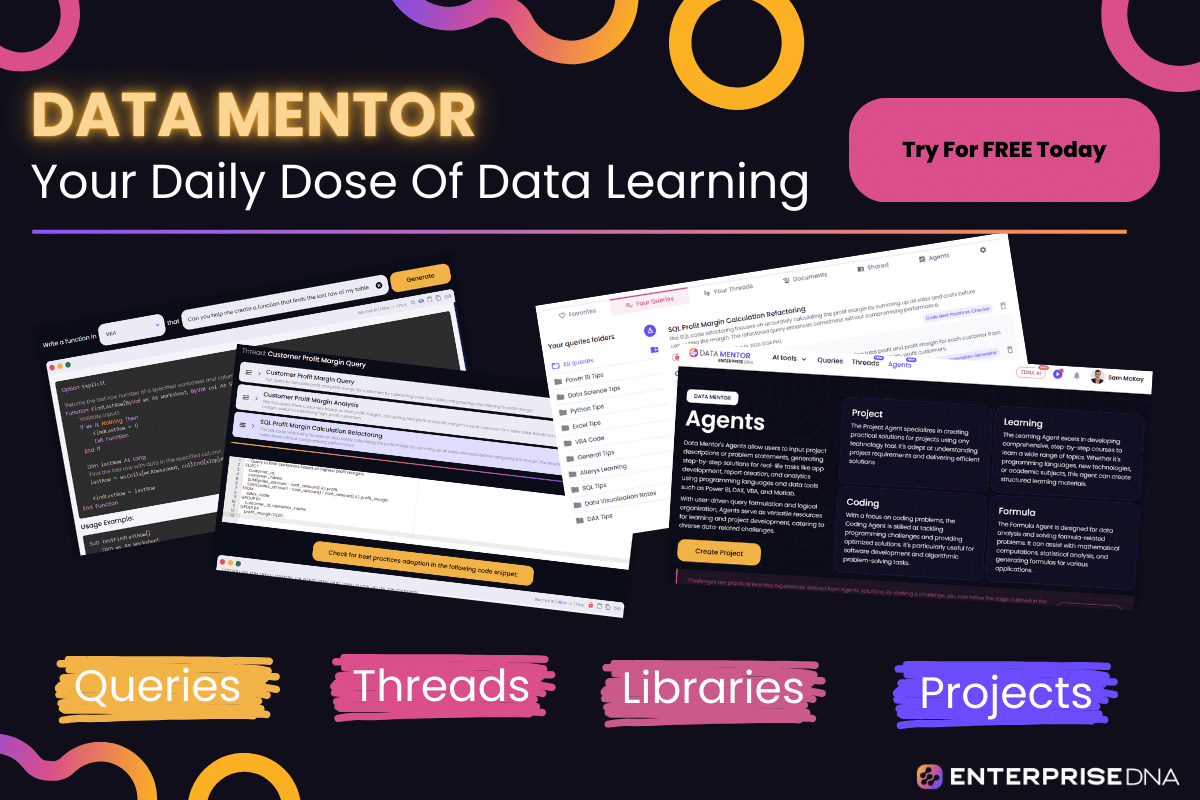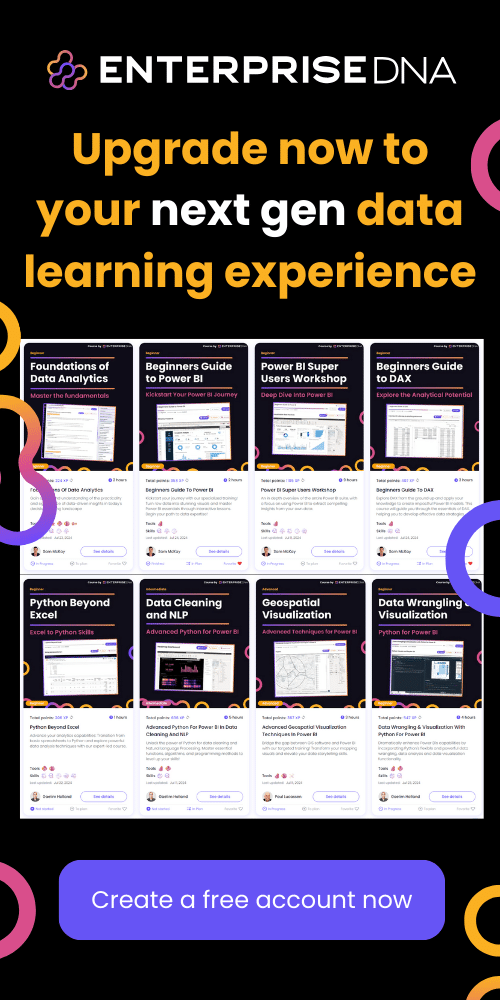Getting Started with Google Colab
Introduction
Google Colab, or “Colaboratory,” is a free cloud-based service provided by Google that allows users to write and execute code in a Jupyter notebook environment. It is particularly well-suited for machine learning, data analysis, and collaboration. This guide covers the essential steps to get you started with Google Colab.
Accessing Google Colab
Sign in to your Google Account:
Ensure you are signed in to your Google account. If you don’t have one, create a new Google account.Open Google Colab:
- Navigate to Google Colab in your web browser.
Creating a new notebook:
- Click on
Filein the top left. - Select
New Notebook.
- Click on
Basic Interface Overview
The Google Colab interface is divided into different components:
- Title Bar: The top-most section where you see the title of your notebook. You can click on it to rename your notebook.
- Toolbar: Contains options like
File,Edit,View,Insert,Runtime,Tools, andHelp. - Code Cells: These cells allow you to write and execute code. You can add new code cells by clicking the
+ Codebutton. - Text Cells: These cells allow you to write formatted text using Markdown. You can add new text cells by clicking the
+ Textbutton.
Writing and Executing Code
Adding a Code Cell:
- Click on the
+ Codebutton to add a new code cell.
- Click on the
Writing Code:
- Type your code into the cell. For example:
print("Hello, Google Colab!")
- Type your code into the cell. For example:
Executing Code:
- Press the
Runbutton (a play icon) on the left side of the code cell. - Alternatively, you can press
Shift + Enterto execute the code and move to the next cell.
- Press the
Importing Libraries and Datasets
Frequently used libraries for data analysis and machine learning can be imported as follows:
import numpy as np
import pandas as pd
import matplotlib.pyplot as plt
Additionally, you can upload datasets directly to your Colab environment:
Upload from local machine:
- Use the code snippet below. This will prompt you to select files from your local environment.
from google.colab import files
uploaded = files.upload()
- Use the code snippet below. This will prompt you to select files from your local environment.
Connecting to Google Drive:
- Mount Google Drive to your Colab notebook to access files stored there.
from google.colab import drive
drive.mount('/content/drive')
- Mount Google Drive to your Colab notebook to access files stored there.
Saving and Sharing Your Notebook
Automatically Save:
- Google Colab automatically saves your notebook to your Google Drive.
Manual Save:
- Click on
File->SaveorSave a copy in Drive.
- Click on
Sharing:
- Click on the
Sharebutton in the top-right corner. - Adjust the permissions (view/comment/edit) and share the notebook link with collaborators.
- Click on the
Additional Resources
- Documentation:
- Google Colab documentation can be found at Google Colab Help.
These steps will get you started with Google Colab and enable you to perform data analysis and machine learning tasks efficiently.
Efficient Resource Management in Google Colab
Table of Contents
- Overview
- Memory Management
- Disk Usage
- GPU and TPU Usage
1. Overview
Efficiently managing resources in Google Colab is crucial for optimizing performance, especially when dealing with data analysis or machine learning tasks. This section covers practical methods to manage memory usage, disk usage, and computational resources to maximize efficiency.
2. Memory Management
To effectively manage memory in Google Colab:
Monitor Memory Usage
Google Colab provides built-in commands to check the system’s RAM usage.
# To get the current memory usage
import psutil
from google.colab import output
def check_memory():
usage = psutil.virtual_memory()
print("RAM: {:.2f} GB used, {:.2f} GB available, {:.2f}% usage".format(
usage.used / (1024**3), usage.available / (1024**3), usage.percent))
check_memory()
Clear Unnecessary Variables
Free up memory by deleting variables that are no longer needed.
# Example of clearing variables
del variable_name
import gc
gc.collect()
# Re-check memory after cleanup
check_memory()
Efficient Data Loading
Load data in chunks when dealing with large datasets.
# Example for reading a large CSV file in chunks
import pandas as pd
chunksize = 10**6 # one million rows at a time
for chunk in pd.read_csv('large_dataset.csv', chunksize=chunksize):
# Process each chunk
process_data(chunk)
3. Disk Usage
Monitor Disk Space
Keep track of disk space usage to prevent unexpected interruptions.
!df -h / # shows disk space usage in human-readable format
Remove Unnecessary Files
Clear unwanted files to free up space.
# Example of removing a file
!rm -f unwanted_file.csv
# Re-check disk space after cleanup
!df -h /
Use Google Drive Integration
Mount Google Drive to handle large data files without utilizing Colab’s internal storage.
from google.colab import drive
drive.mount('/content/drive')
4. GPU and TPU Usage
Enable GPU/TPU
In Google Colab, go to Runtime > Change runtime type, then set the hardware accelerator to GPU or TPU.
Check GPU Allocation
# Verify GPU is enabled
import tensorflow as tf
device_name = tf.test.gpu_device_name()
if device_name != '/device:GPU:0':
raise SystemError('GPU device not found')
print('Found GPU at: {}'.format(device_name))
Optimize Computations for GPU/TPU
Leverage libraries optimized for GPU/TPU computations, such as TensorFlow or PyTorch.
# Example for TensorFlow
import tensorflow as tf
# Ensure TensorFlow operations run on GPU
with tf.device('/device:GPU:0'):
# Your computation here
pass
# Example for PyTorch
import torch
device = torch.device("cuda" if torch.cuda.is_available() else "cpu")
# Ensure PyTorch tensors are on GPU
tensor = torch.randn(3, 3).to(device)
By efficiently managing these resources, you can ensure that your Google Colab environment operates smoothly and your tasks are executed without unnecessary interruptions.
Collaborative Features and Workflows in Google Colab
Introduction
The inherent collaboration features provided by Google Colab facilitate real-time teamwork on data analysis and machine learning projects. This section explores how to leverage these features for effective collaborative workflows.
Real-Time Collaboration
Sharing Notebooks
- Sharing Settings: In your Google Colab notebook, click on the “Share” button at the top-right corner.
- Permission Levels: Choose from different permission levels:
- View: Users can view the notebook without making any changes.
- Comment: Users can add comments but cannot modify the content.
- Edit: Users can both modify and comment on the notebook.
Practical Example
1. Open your Google Colab notebook.
2. Click on the "Share" button at the top-right.
3. Enter the email addresses of your collaborators.
4. Select "Editor" under "Get Link". Now anyone with the link can edit the notebook.
5. Click "Send".
Version Control
Revision History
Google Colab automatically tracks the history of your notebook.
- Accessing Revision History:
- File > Revision history: Open the menu and choose
File > Revision historyto see the changes made over time. - Snapshots: Each snapshot provides a timestamp and the collaborator who made the change.
- File > Revision history: Open the menu and choose
Reverting to a Previous Version
- Select a version from the revision history.
- Click on “Restore this revision”.
Adding Comments and Discussions
Inline Comments
- Highlight Text: Highlight the text or code in the notebook where you want to add a comment.
- Add Comment: Right-click and select
Commentor click the comment icon on the toolbar. - Write and Resolve: Type the comment and click
Commentto save it.- Resolve Comments: Once addressed, comments can be marked as “Resolved”.
Using Google Drive and GitHub for Collaboration
Google Drive Integration
- Mounting Drive:
- Use the following snippet to mount Google Drive in Google Colab:
from google.colab import drive
drive.mount('/content/drive')
- Use the following snippet to mount Google Drive in Google Colab:
GitHub Integration
Import from GitHub:
- Open a Colab notebook.
- Select
File > Open notebook, then click theGitHubtab. - Connect your GitHub account and choose the repository and file you want to import.
Save to GitHub:
- Select
File > Save a copy to GitHub. - In the dialog box, provide the repository name and commit message.
- Click “OK” to save the notebook to the specified repository.
- Select
Real-Time Chat using Google Hangouts or Slack Integration
Colab integrates well with communication tools like Google Hangouts or Slack for real-time discussions.
Google Hangouts
- Share the notebook link in a Hangouts chat room.
- Discuss changes and updates in real-time.
Slack
- Use Slack integrations to notify the team of updates to the Colab notebook.
- Example: Use Zapier or a similar service to automate Slack notifications for Google Drive updates.
Conclusion
By effectively harnessing Google Colab’s collaboration features, you can significantly improve team efficiency and streamline your workflows for data analysis and machine learning projects. These tools and techniques enable seamless communication, version control, and real-time co-authoring, ensuring enhanced productivity and collaborative success.
Troubleshooting and Advanced Tips
Memory Management Issues
Identifying Memory Bottlenecks
To prevent your Google Colab session from crashing due to memory issues, you can continually monitor memory usage and identify bottlenecks.
// JavaScript to be run in the browser console to monitor RAM usage
function checkMemory() {
const memory = navigator.deviceMemory;
console.log(`Available RAM: ${memory} GB`);
setTimeout(checkMemory, 5000);
}
checkMemory();
Freeing Up Memory
Free memory by deleting unnecessary variables using del and gc.collect().
import gc
# Assuming you have variables 'dataframe' and 'large_list' that you no longer need
del dataframe
del large_list
gc.collect()
Debugging Code Execution
Using Verbose Logging
Enable verbose logging to get detailed insights into what your code is doing.
import logging
# Set up logging to write to a file
logging.basicConfig(filename='colab_log.log', level=logging.DEBUG, format='%(asctime)s - %(levelname)s - %(message)s')
# Sample function with verbose logging
def process_data(data):
logging.debug("Starting data processing.")
# Your processing logic here
logging.debug("Finished data processing.")
Catching Exceptions
Capture detailed information about exceptions to understand and address issues.
try:
# Code block that might raise an exception
result = potentially_faulty_function()
except Exception as e:
logging.error(f"An error occurred: {e}", exc_info=True)
Optimizing Code Execution
Profiling Code for Performance Bottlenecks
Use line_profiler to find which lines of code are the slowest.
# First, install line_profiler
!pip install line_profiler
%load_ext line_profiler
def function_to_profile(data):
# Example function code here
pass
# Run the profiler on the function
%lprun -f function_to_profile function_to_profile(data)
Efficient Data Loading with Dask
For larger datasets, use Dask to load and manipulate data efficiently.
import dask.dataframe as dd
# Load data into Dask DataFrame
df = dd.read_csv('large_dataset.csv')
# Perform operations on the Dask DataFrame
result = df[df['column'] > 0].compute()
Handling Long-Running Operations
Using Google Colab Background Execution
To run long tasks without keeping the Colab notebook open, you can write a script that runs on a server and get notified upon completion.
# Example of a long-running task
import time
def long_running_task():
# Simulate a long process
time.sleep(3600)
# Here you might want to send an email or notification upon completion
# Calling the long-running task
long_running_task()
Data Backup and Version Control
Automatically Saving Work to Google Drive
Ensure your work is regularly saved to Google Drive to prevent loss of data.
from google.colab import drive
drive.mount('/content/drive')
# Saving a file to Google Drive
with open('/content/drive/My Drive/colab_backup.txt', 'w') as file:
file.write('Backup content goes here')
Snapshots with Git
Use Git to track changes and create snapshots of your work.
# Initialize a Git repository
!git init
# Add files and commit
!git add .
!git commit -m "Initial commit"
# Push to a remote repository
!git remote add origin https://github.com/yourusername/yourrepo.git
!git push -u origin master
Ensuring Compatibility
Using Specific Package Versions
To avoid compatibility issues, explicitly install specific versions of necessary packages.
# Example of installing a specific package version
!pip install pandas==1.1.5
Dependency Management with Requirements File
Maintain a requirements.txt for your project.
# Create a requirements.txt file
!pip freeze > requirements.txt
# Install dependencies from the requirements.txt
!pip install -r requirements.txt
Adopt these methods and techniques to handle troubleshooting and advanced requirements effectively, ensuring a more robust and reliable Google Colab experience.







